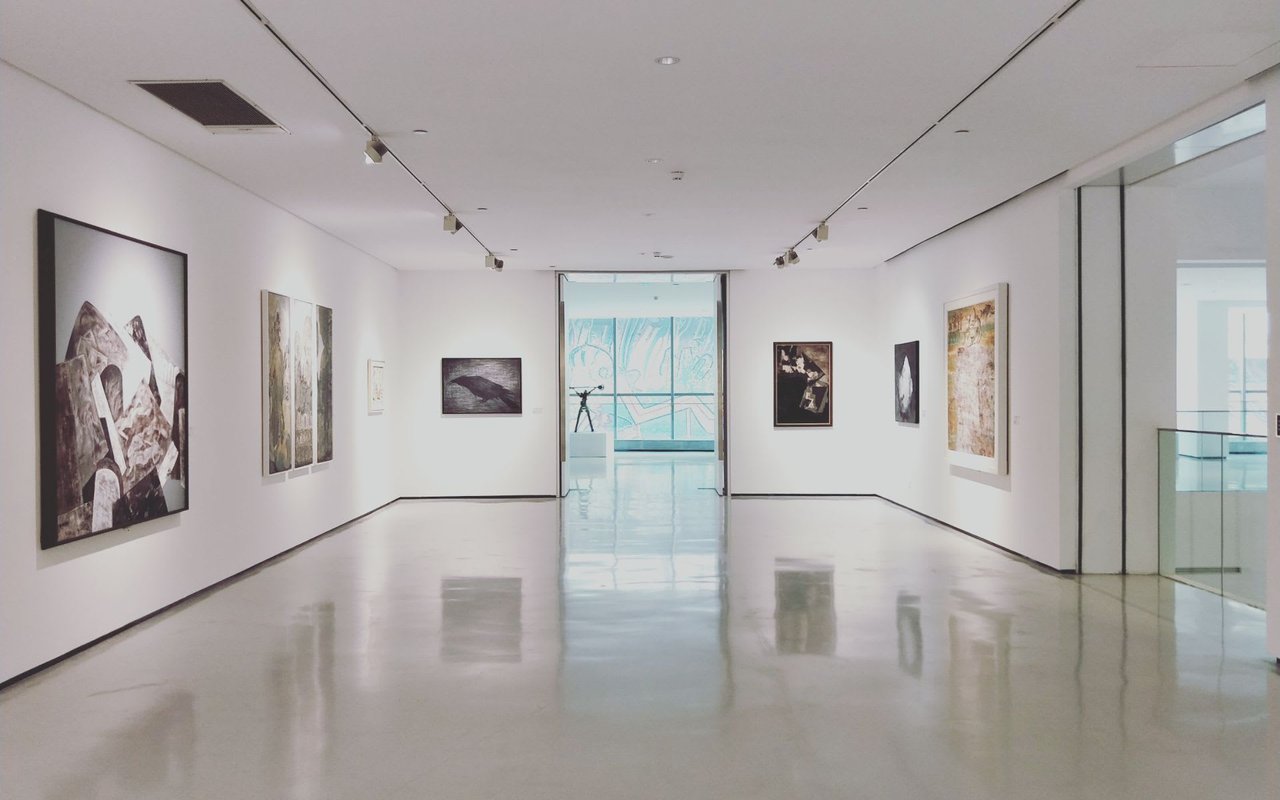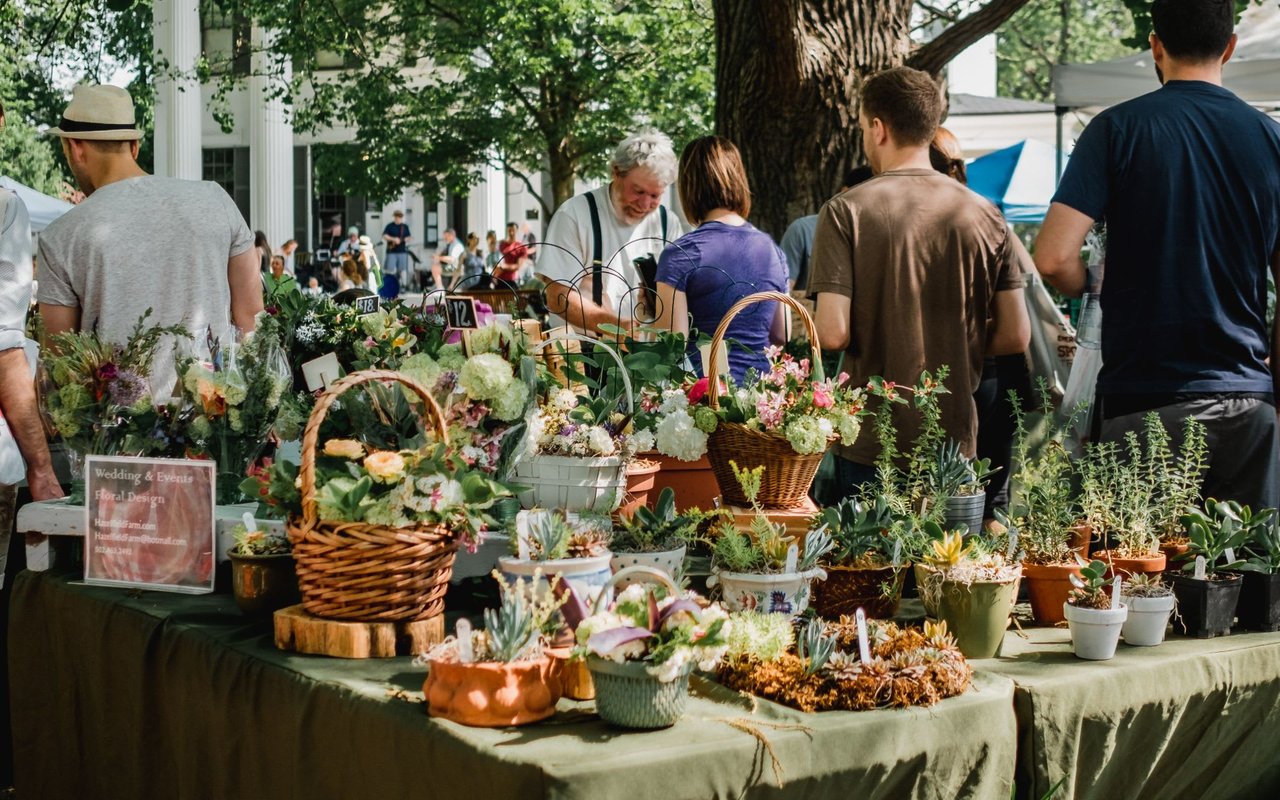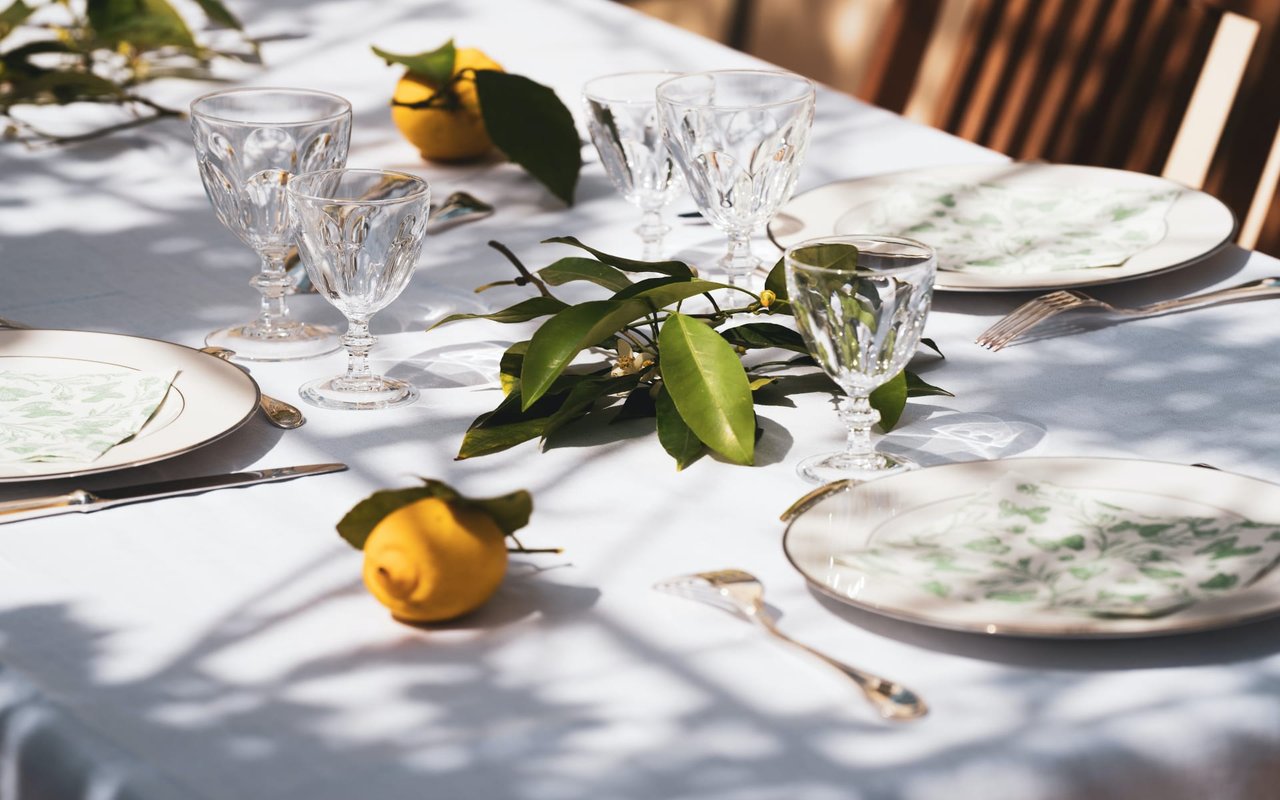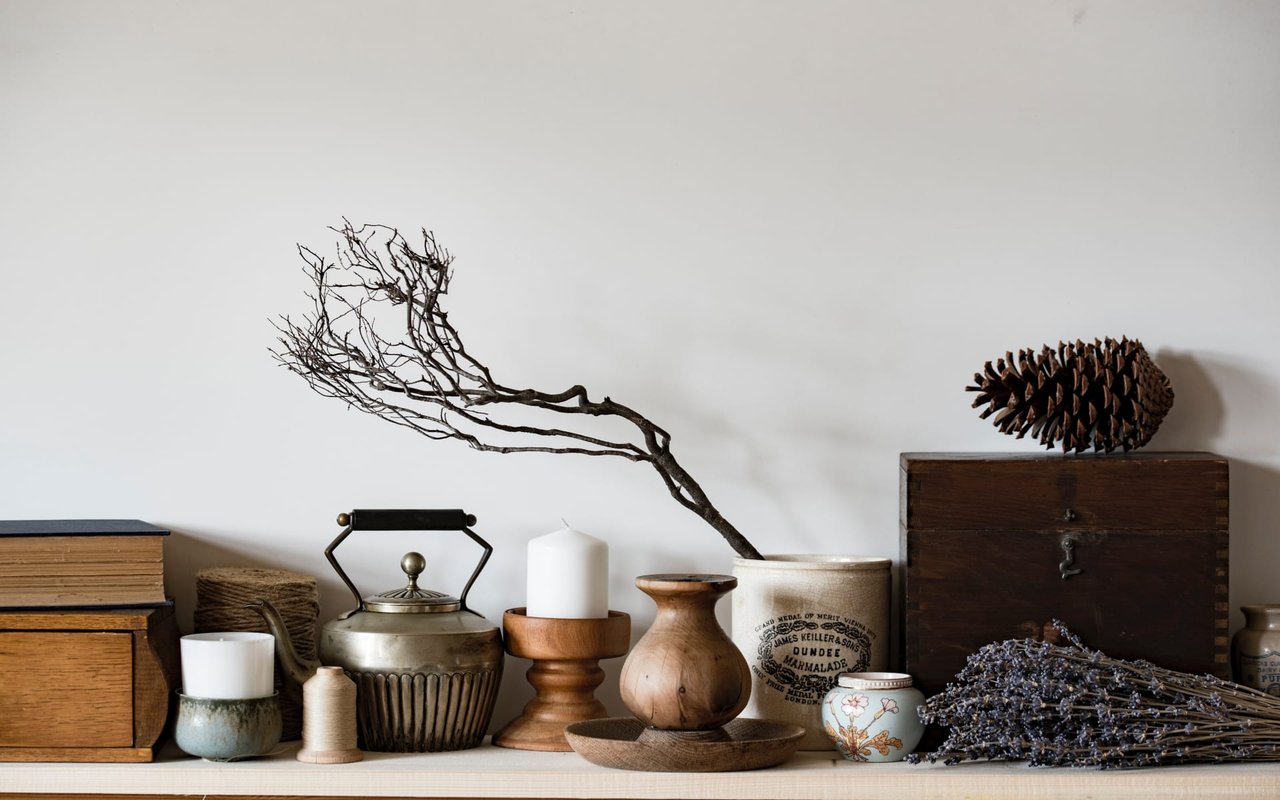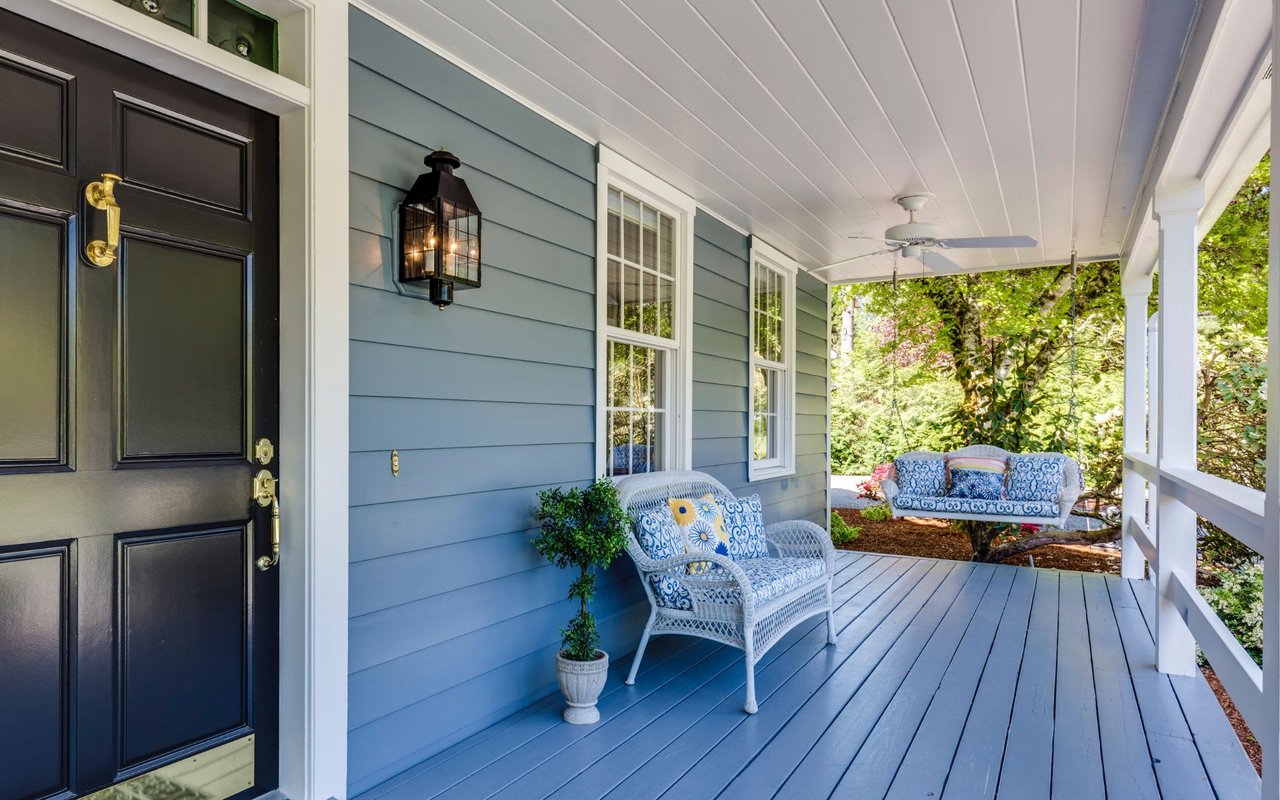This two story brick “Federal” or “Georgian” style building looks as though it belongs more in an English village than it does in rural North Carolina. With dental molding on the frieze, Flemish bond pattern bricks, and alternating fanlit arched doors, the home was once a tavern and later occupied by Master Craftsman Thomas Day.
Our state has a long and storied history with furniture makers and yet this particular woodworker stands out among the many.
His designs once graced the campus of UNC, were obsessively collected by notable politicians, have been featured in museums (including the Smithsonian) and are routinely auctioned for large sums. What is usually notable is that he was a black man, born to a free family prior to the Civil War who was not only a prosperous businessman but also a slave-owner himself. We’d rather take a different angle on Master Day. According to his descendants, family lore says that he owned slaves in an effort to rescue them, to keep families together, to teach them skills that would help them thrive in an unjust world. While that narrative is undoubtedly engaging and important, what is often overlooked here is that Thomas Day was a true artist in every sense of the word. Notable for his success despite a systematic world working against him, yes. But vital to our history because of his incredible talent as well.
His workshop was purchased for $1050 in 1848 and remained the family and businesses’ studio for over 40 years, even throughout the economic downturns of 1857. Turning out commissions in the back and selling a line of ready-made furniture in the front, Day practiced his craft in a way that many still do today with apprentices making work in addition to his own hands and later steam power. Trademarked in a way due to his work with imported African Mahogany, at one point he was responsible for over 10% of the entire state’s furniture production and over 20% of it’s income in the market. It’s rather difficult to believe even by today’s standard that a craftsperson could not only produce a volume of work as expansive of his
but to begin at 26 and have such a consistently prospered career is a feat. Scholar Jonthan Prown describes Day’s work as having “visible rhythms in the designs” and we love that vision as it assigns to him the role of harbinger. With competitively priced furnishings for the masses and an eloquence of proportion he would have certainly been an artist that Modernists like Gropius and Mondrian would have assigned importance to as a stepping stone.
The Union Tavern or Milton Day House as it is better known today is one of the oldest taverns still standing in our state & amongst the oldest commercial buildings in the South. Yanceyville is located Northwest of Durham along highway 86 (what would have been the bustling road between Hillsborough and Richmond in Thomas’ time). It is a little under an hour’s drive if you happen to take a trip & Day’s workshop is set up as a museum with an entry fee of just $6. While it may be difficult to believe when you’re there, Caswell County was quite a prosperous area prior to the Civil War period so there is a good deal of spirited
architecture and difficult past inherent in all its landmarks. Spend the day perhaps imagining the confidence, the artistry, the ambition, and the talent of Master Thomas Day while carrying his memory back to the Triangle where his touch is still felt. His granddaughter Annie Day Thomas was wife of NCCU founder James E. Shepard, a local realtor, and a vital member of the Hayti community – a family of artists.
For more on Thomas Day and his potential “secret life” as an abolitionist, we suggest this article from Chipstone. To hear more about his legacy from his direct relatives, here’s this quick listen from NPR.











